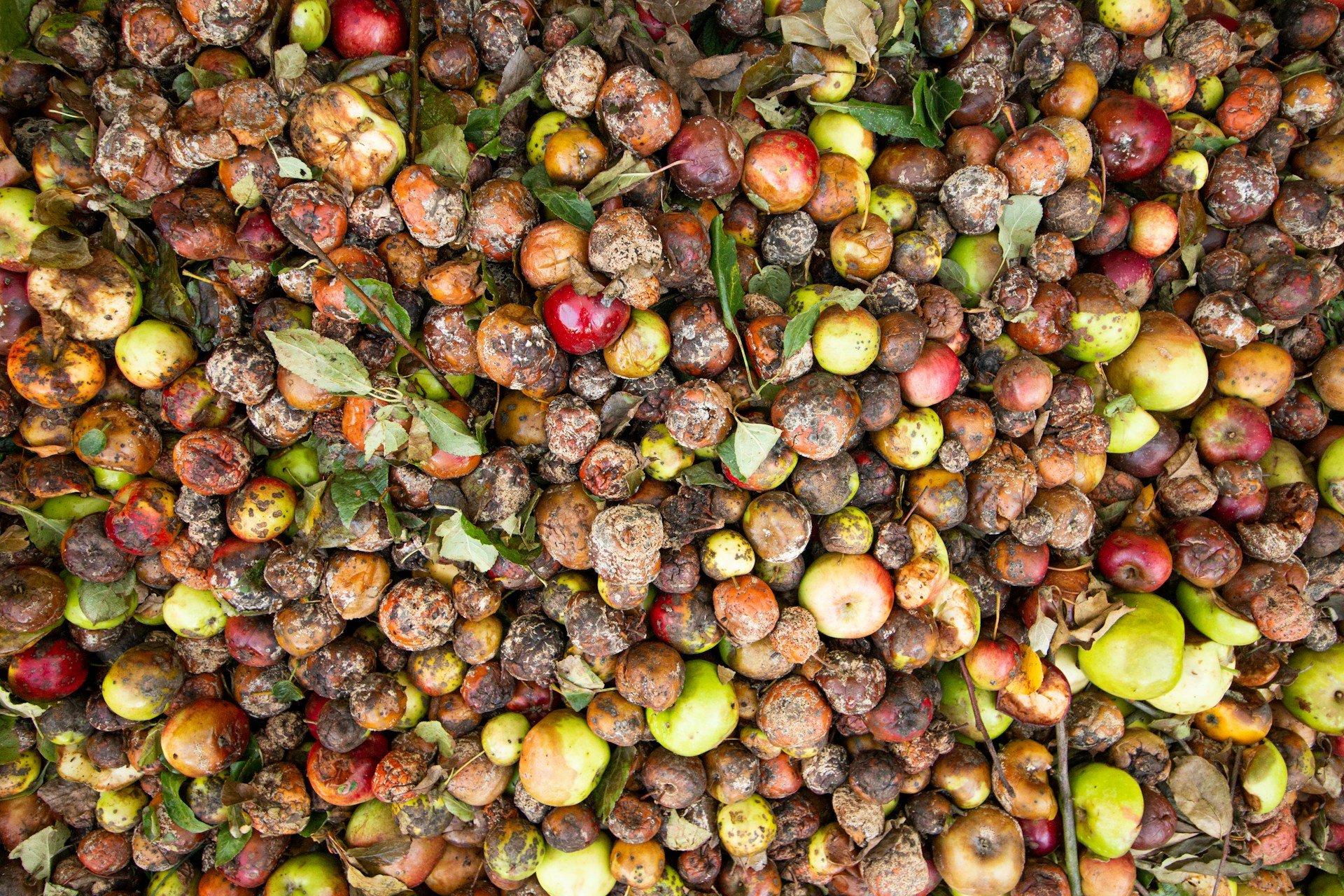The IPCC’s 2019 report found that food loss and waste generate 8–10 percent of human-caused greenhouse gas emissions. This highlights how food waste drives climate change, making it vital to act. In this article, we’ll explore practical steps on how to manage food waste for a greener future.
Key takeaways
- Food waste contributes significantly to climate change, producing 8–10% of global human-caused greenhouse gas emissions.
- Planning meals and storing food properly helps reduce spoilage, avoid over-purchasing, and ensures ingredients are used efficiently.
- Repurposing leftovers and composting organic scraps not only prevents food from ending up in landfills but also returns valuable nutrients to the soil.
- Practising mindful consumption and portion control minimises waste, saves money, and encourages sustainable habits.
Everyday Tips on How to Manage Food Waste for a Greener Future
According to the UN Environment Programme, in 2022, around 1.05 billion tonnes of food waste were produced globally. This equates to roughly 132 kilograms per person and represents nearly one-fifth of all food available to consumers.
To address this challenge, here are practical steps on how to manage food waste for a greener future inspire sustainable change.
1. Plan Your Meal Mindfully
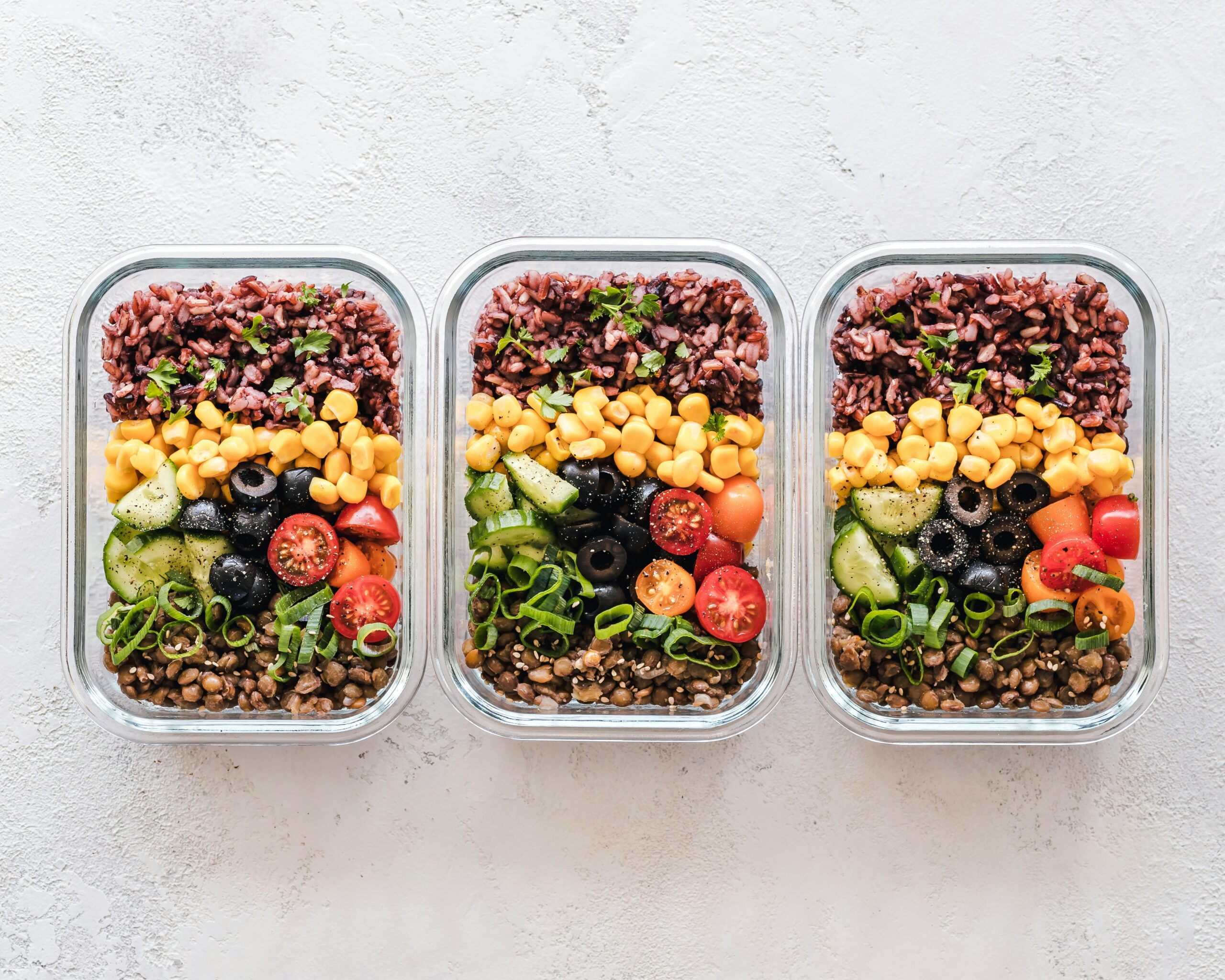
Mindful meal planning helps you track what’s already in your fridge and avoid unnecessary purchases. By preparing a weekly planner, you can use ingredients across multiple dishes, save money, reduce impulse buying, and prevent good food from going to waste.
Creating a shopping list based on your weekly meal plan ensures you buy only what you need. Sticking to this list minimises over-purchasing, makes cooking easier, and encourages efficient use of ingredients, leading to less waste and a greener lifestyle.
Also Read: 12 Most Popular Fast Food Desserts You Need to Try
2. Proper Storage Techniques
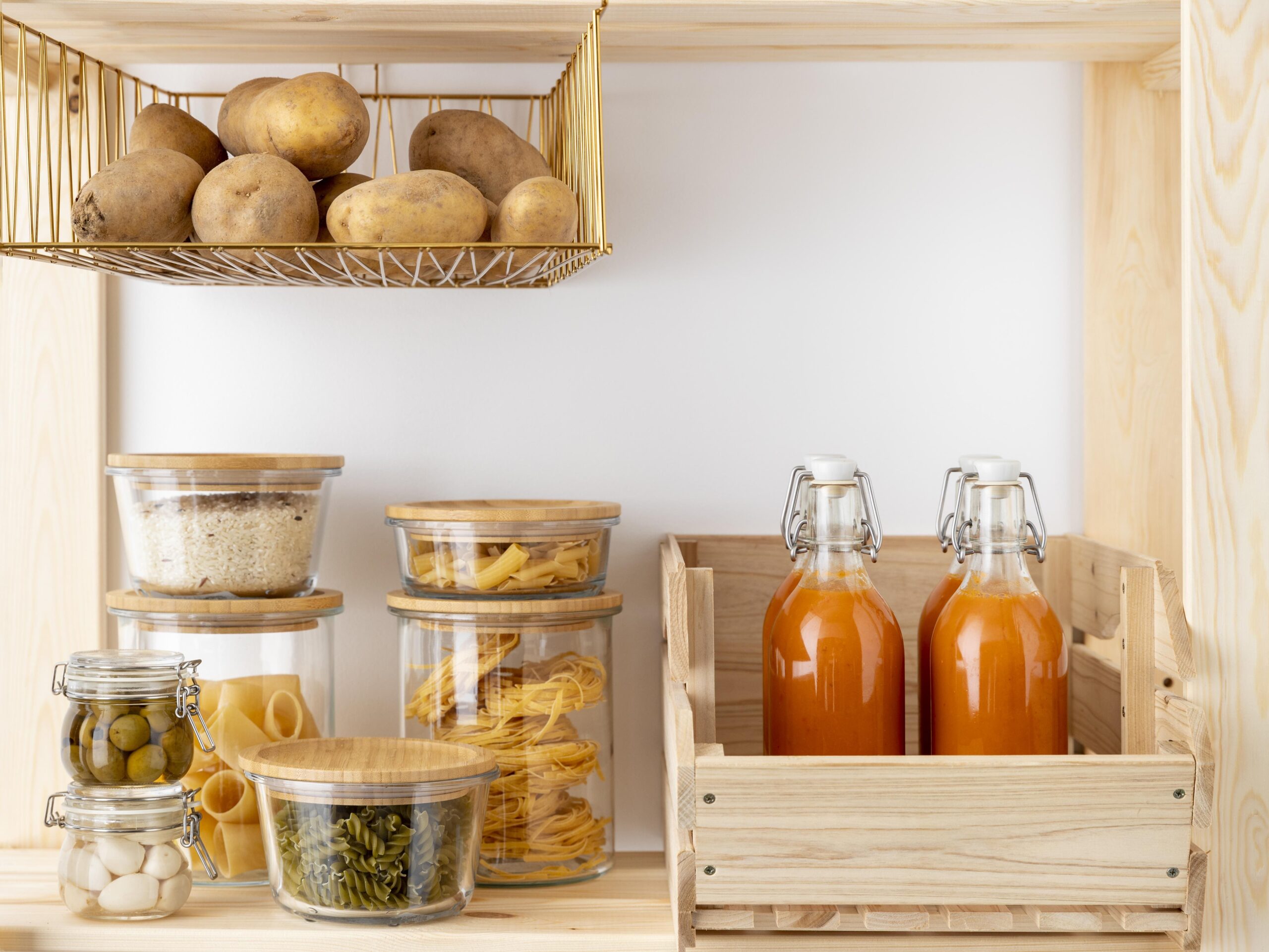
Proper storage is key to preserving ingredient freshness, extending shelf life, and preventing spoilage. For food service businesses, mindful storage practices not only protect food quality but also improve efficiency in the kitchen while reducing waste that can easily be avoided.
Temperature control through automated monitoring and calibrated equipment ensures accuracy. Using the First In, First Out method and training staff consistently helps businesses rotate stock effectively and minimise unnecessary food waste.
3. Composting Agricultural Waste
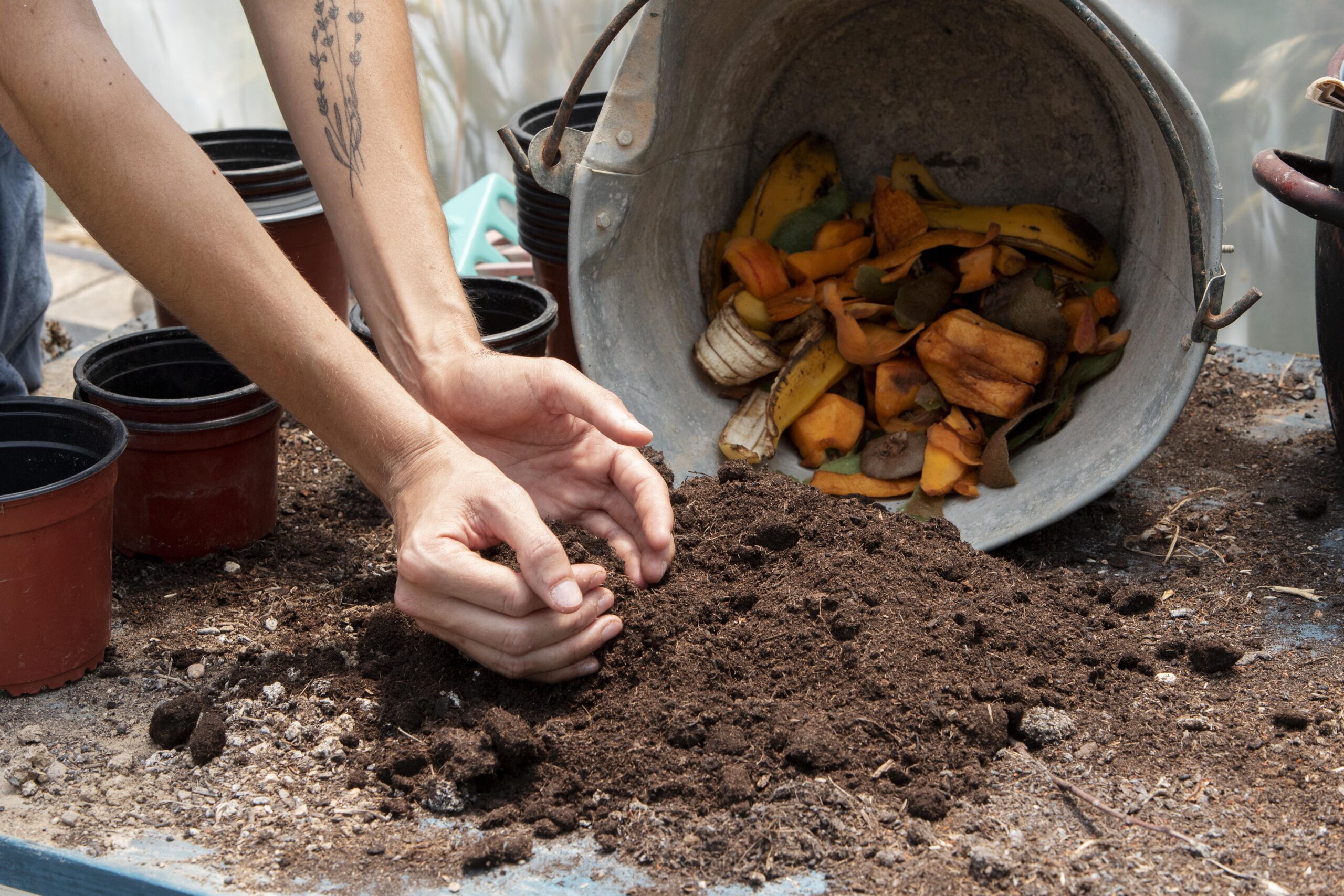
Transforming crop residues and discarded food into compost is an effective way to recycle nutrients. Composting enriches soil health, improves water retention, and reduces dependence on synthetic fertilisers.
Community composting programs divert large amounts of organic waste from landfills, significantly cutting methane emissions. By supporting or starting such initiatives, communities contribute to a greener future.
4. Understand Date Labelling
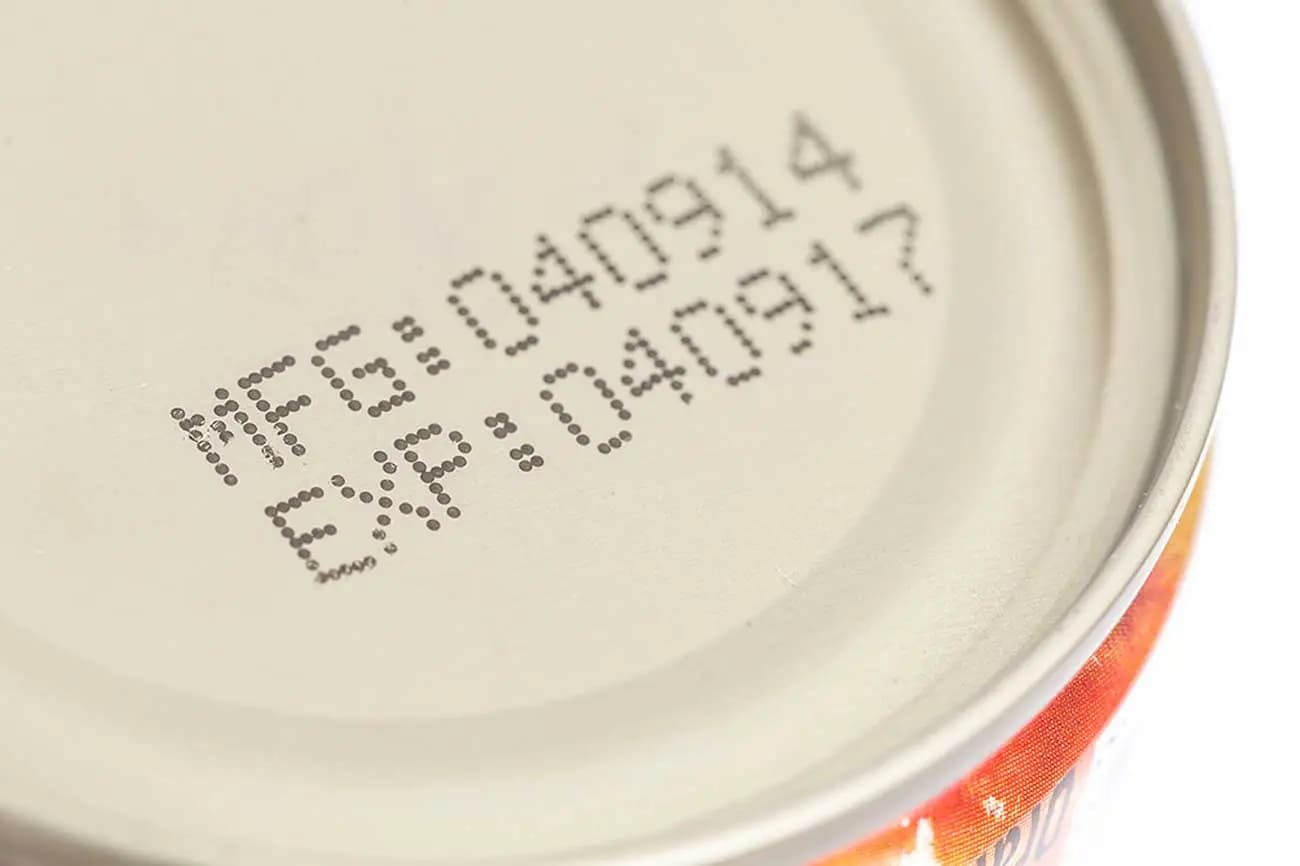
Expiration dates appear only on certain foods, and once passed, those items should not be consumed because they are no longer considered safe to eat. Meanwhile, best-before dates relate to food quality rather than safety, indicating freshness, nutritional value, and flavor.
A key part of learning how to manage food waste for a greener future is understanding these labels, such as ‘sell-by,’ ‘use-by,’ and ‘best-before.’ It also includes cooking appropriate portions and preserving surplus through freezing, pickling, or canning.
Also Read: 15 Pool Party Food Ideas: Tempting Choices for Splash Celebration
5. Cooking and Preparation

Produce past its prime or leftover ingredients can often be repurposed into soups, stir-fries, frittatas, or smoothies, reducing waste while inspiring creativity. Even commonly discarded parts, like stale bread, beet greens, or vegetable scraps, can be transformed into delicious dishes.
6. Never Throw Away Leftovers

Always refrigerate leftovers promptly in clearly labeled containers to maintain freshness, reduce spoilage, and keep food safe for later use. A well-organised freezer prevents food from getting lost or ruined by freezer burn, ensuring meals are enjoyed later instead of being wasted.
Moreover, instead of throwing away leftovers, find creative ways to use them. Vegetable scraps make soup stock, soft fruits enhance oatmeal, and stale bread becomes croutons. Even wilted vegetables work beautifully in soups or stir-fries.
7. Grow Your Own Food
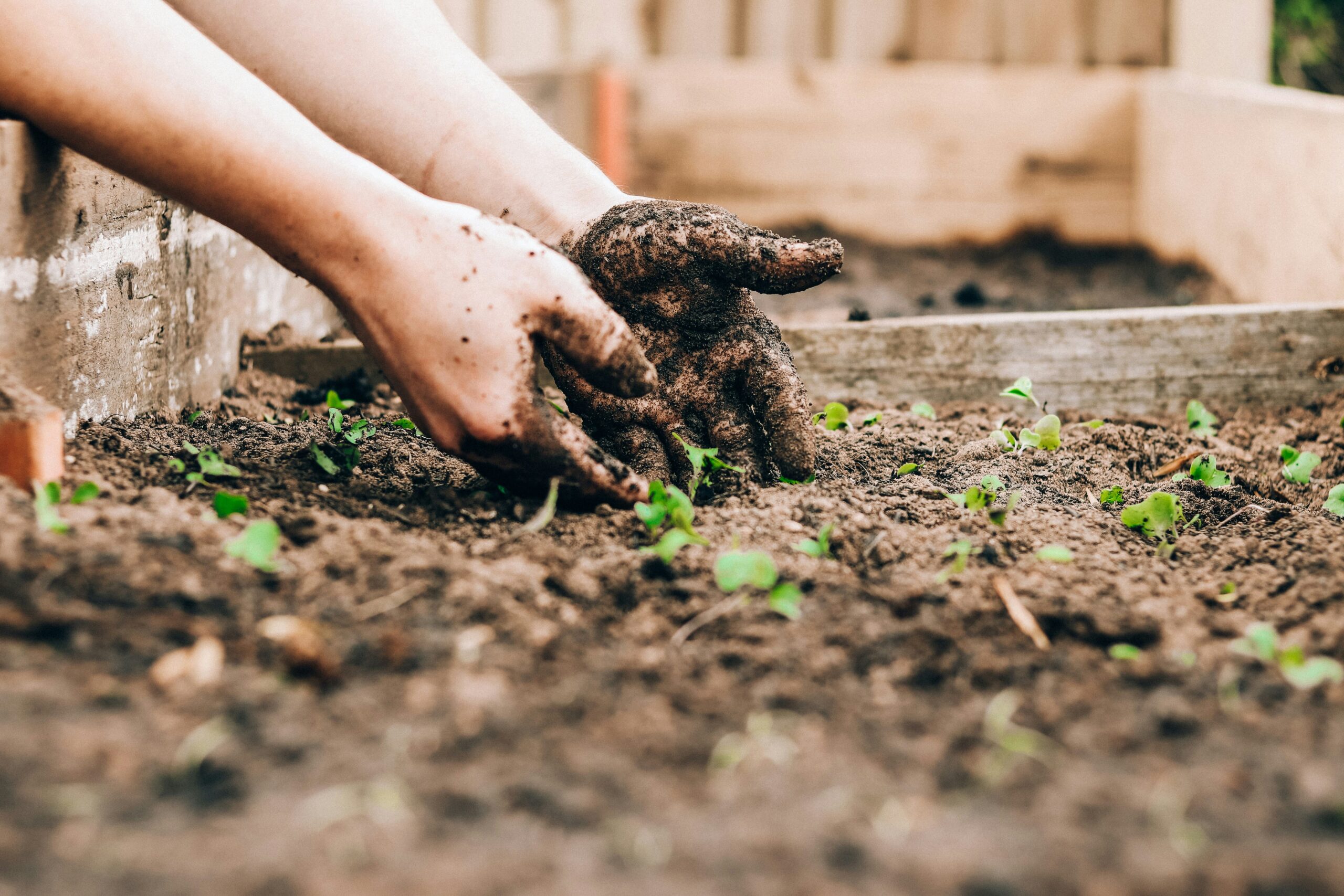
Growing your own food supports the environment by aiding pollinators and adding greenery to your community. Start by enriching your soil with compost, either homemade or supplied by your municipality, to nurture healthier plants and boost overall yields.
Consider companion planting, where certain crops benefit from growing together. Even without a yard, you can still grow food by joining a community garden or planting in pots on balconies, patios, or sunny windowsills.
8. Portion Control

Serving smaller portions helps reduce food waste by preventing uneaten leftovers on plates. Start with moderate servings, like a modest slice of lasagna, and leave the rest in the pan so anyone still hungry can take seconds without excess being discarded.
Also Read: 10 Worst Foods for Eye Health: Dangerous Habits Stealing Vision!
Get a Better Understanding of How to Manage Food Waste for a Greener Future
Reducing food waste is not just about saving money or keeping kitchens tidy; it’s about making everyday choices that protect the planet. From portion control to smarter storage, each small habit adds up to a larger impact. By being mindful of how we buy, cook, and eat food, we can help build a healthier, sustainable future.


